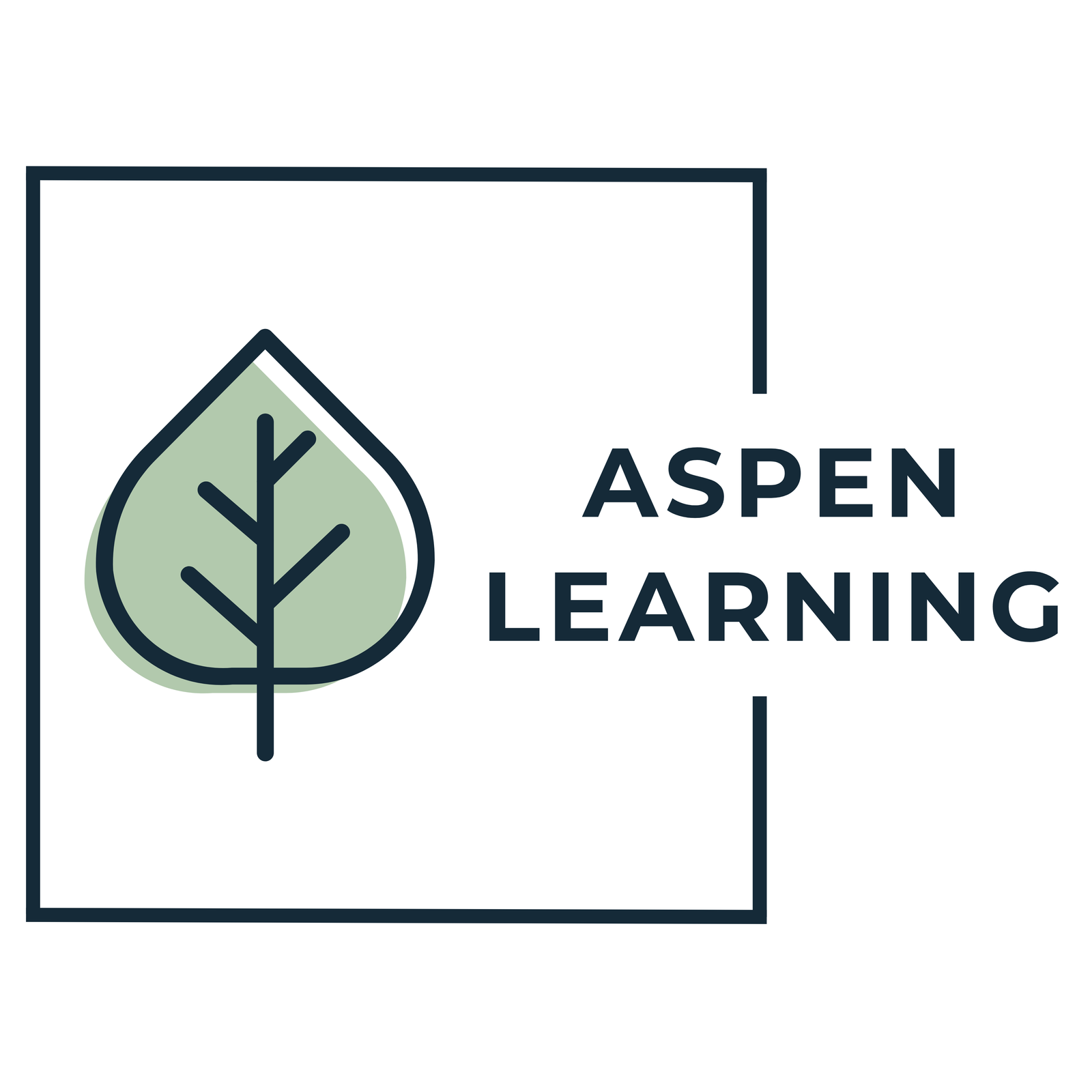The Future of eLearning: Trends to Watch in 2025
The eLearning industry is evolving at an unprecedented pace. Fueled by technological advancements and the shift toward remote learning, the demand for innovative learning experiences is higher than ever. As 2025 approaches, educators, businesses, and course creators must stay ahead of key trends that will shape the future of digital education.
In this article, we’ll dive into the most transformative eLearning trends to watch in 2025, covering everything from AI-driven personalization to immersive learning technologies.
1. Growth of Personalized Learning Experiences
AI-driven adaptive learning platforms are redefining how learners engage with content. By analyzing data on learner performance, AI can personalize courses to meet individual needs. Adaptive platforms adjust difficulty, suggest additional resources, and create customized learning paths.
Key Benefits:
- Tailored learning experiences improve retention and satisfaction.
- Faster progression as learners focus on areas needing improvement.
- Reduced dropout rates with customized content.
Examples:
- Coursera and Khan Academy use AI to recommend lessons based on user performance.
- LinkedIn Learning adapts course suggestions based on career goals and previous engagement.
2. Microlearning and On-Demand Content
Microlearning focuses on delivering bite-sized content that can be consumed quickly, ideal for busy learners. This trend caters to short attention spans while boosting engagement and knowledge retention.
Key Benefits:
- Higher engagement rates with short, focused content.
- Easily accessible on mobile devices for on-the-go learning.
- Perfect for corporate training and skill-building.
Examples:
- Duolingo – 5-minute language learning lessons.
- Udemy – Short, skill-based courses for personal and professional growth.
3. Immersive Technologies – VR, AR, and XR in eLearning
Immersive technologies like Virtual Reality (VR), Augmented Reality (AR), and Extended Reality (XR) are transforming learning by simulating real-world environments. This allows learners to gain hands-on experience without physical constraints.
Key Benefits:
- Safe, practical simulations for industries like healthcare and engineering.
- Increased engagement through interactive, immersive experiences.
- Effective for soft skills training and situational learning.
Examples:
- Labster – VR-based science labs.
- zSpace – AR/VR simulations for classroom use.
4. AI and Automation in Course Creation
AI is streamlining course creation by automating content development, assessments, and analytics. AI tools can generate quizzes, summaries, and even lesson plans based on input from instructors.
Key Benefits:
- Saves time and reduces workload for educators.
- Automated grading and performance tracking.
- Scalable content creation across multiple subjects.
Examples:
- ScribeSense – AI-powered automated grading tools.
- Quizlet – AI-generated flashcards and quizzes.
5. Gamification and Engagement Boosters
Gamification integrates game elements into eLearning, increasing motivation and participation. Points, badges, leaderboards, and challenges drive learner engagement and make courses more enjoyable.
Key Benefits:
- Encourages healthy competition and progression.
- Improves knowledge retention through interactive learning.
- Appeals to younger learners and corporate trainees alike.
Examples:
- Kahoot! – Interactive quizzes and competitions.
- Classcraft – Gamified learning experiences for classrooms.
6. Social and Collaborative Learning
Social learning platforms promote peer interaction and knowledge sharing, reflecting real-world collaboration. Forums, chats, and peer reviews foster a sense of community.
Key Benefits:
- Increases learner engagement through group interaction.
- Fosters peer-to-peer knowledge sharing.
- Enhances team-building and communication skills.
Examples:
- Slack and Microsoft Teams – Used for collaborative learning and training.
- BuddyPress – Social networks within eLearning platforms.
7. Certification Programs and Digital Credentials
As employers value practical skills, digital credentials and certifications are becoming critical in eLearning. Verified certificates and badges enhance resumes and signal expertise to employers.
Key Benefits:
- Learners gain verifiable proof of skills.
- Enhances career prospects and job placement.
- Motivates learners by offering tangible outcomes.
Examples:
- Google Certificates – Career-relevant certifications in IT, UX design, etc.
- Coursera – Industry-recognized course completion certificates.
FAQs
1. How does AI personalize eLearning?
AI personalizes eLearning by analyzing user behavior, performance, and preferences to deliver tailored content that meets individual learning needs.
2. What industries benefit most from VR/AR eLearning?
Healthcare, engineering, aviation, and manufacturing benefit the most by providing safe, hands-on simulations without real-world risks.
3. How does microlearning improve retention?
Microlearning delivers concise, focused content, preventing information overload and enhancing knowledge retention.
4. Are digital certificates credible for employers?
Yes, reputable platforms offer industry-recognized certifications that are valued by employers globally.
5. How do I implement gamification in my eLearning courses?
Use platforms like Kahoot! or GamiPress to add points, badges, and challenges that incentivize learner progress.
SEO Metadata
Meta Title:
The Future of eLearning – Top Trends to Watch in 2025
Meta Description:
Explore the top eLearning trends for 2025, from AI personalization to immersive VR learning. Discover how gamification, microlearning, and automation are shaping the future of education.







